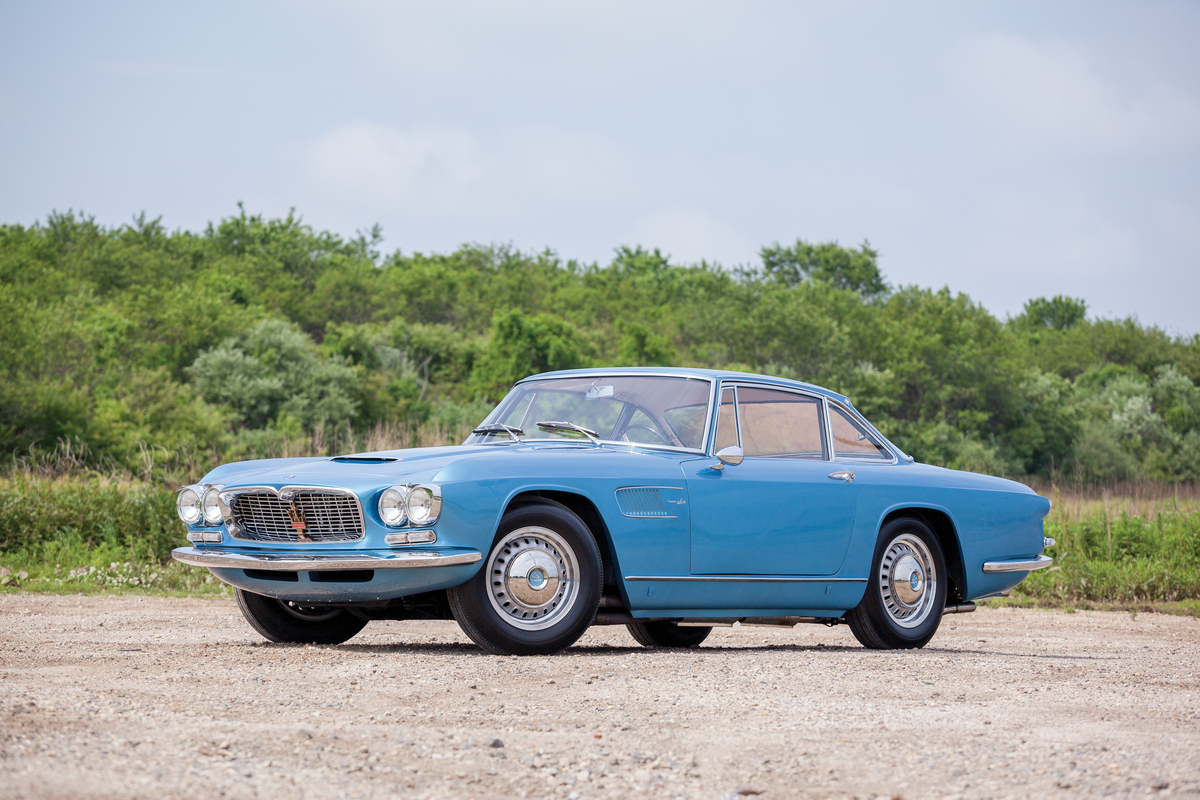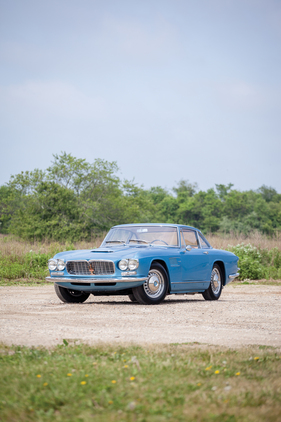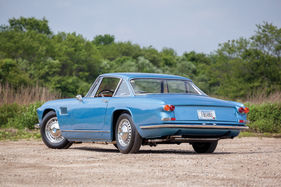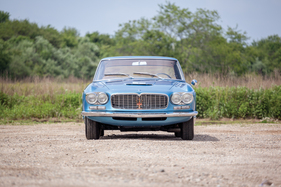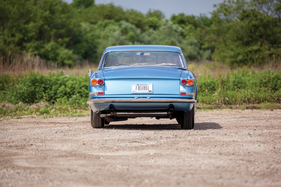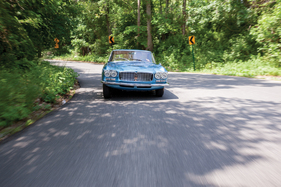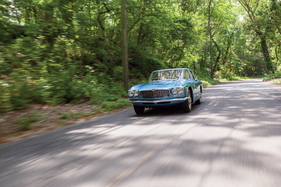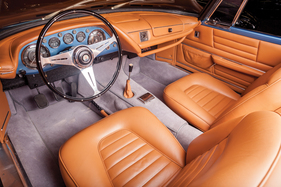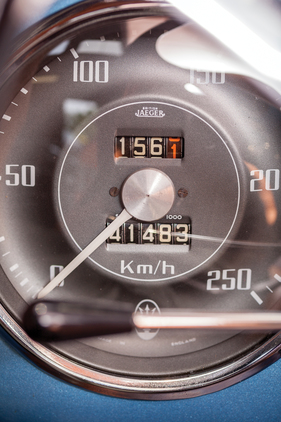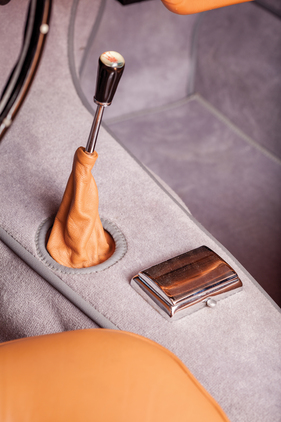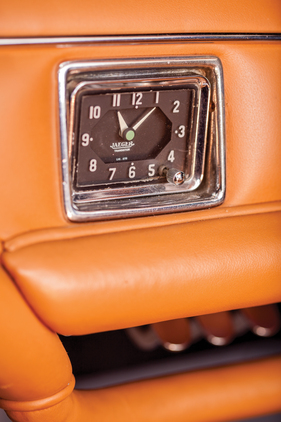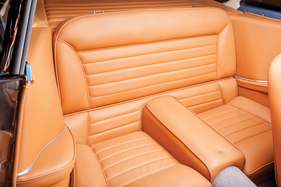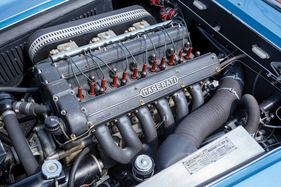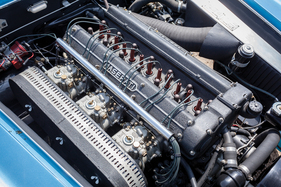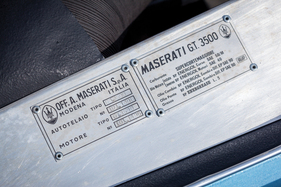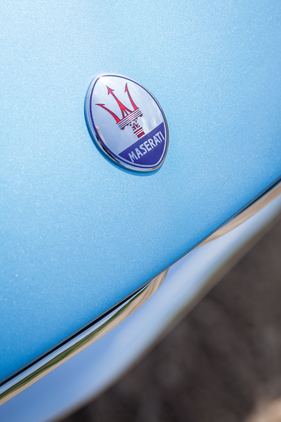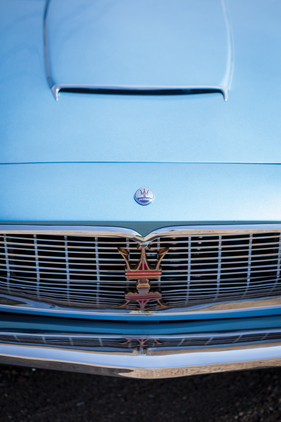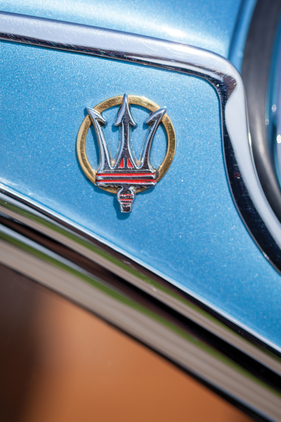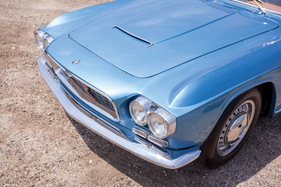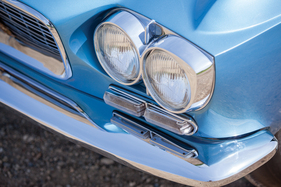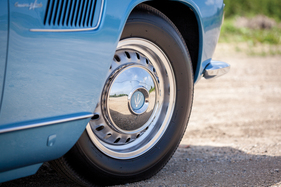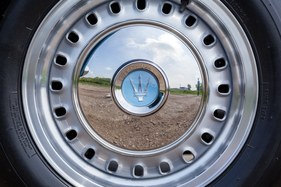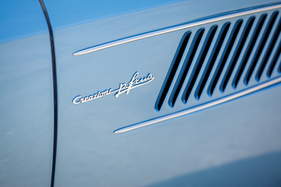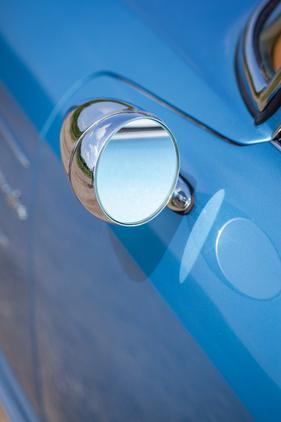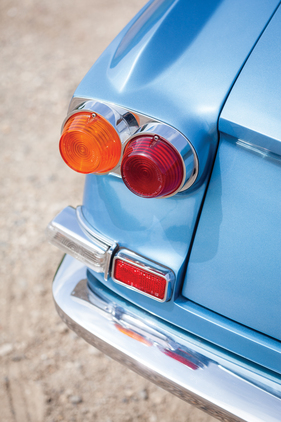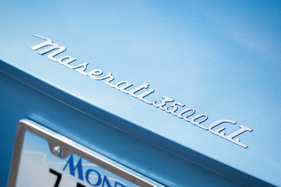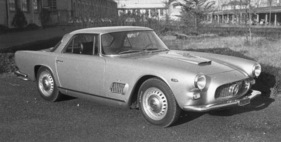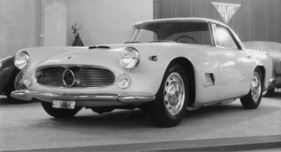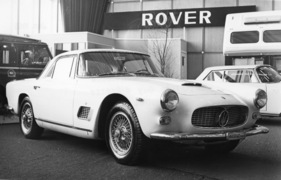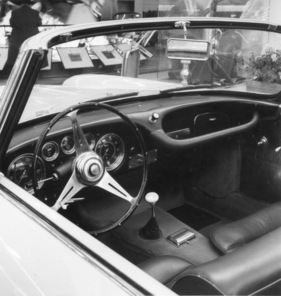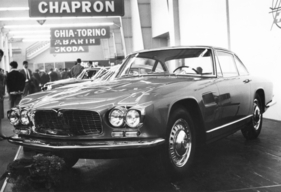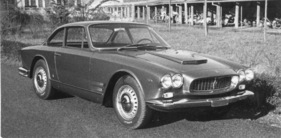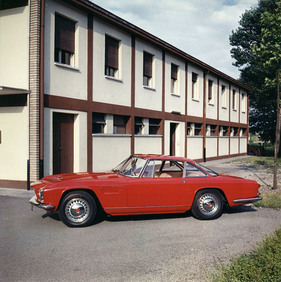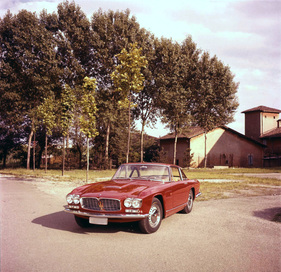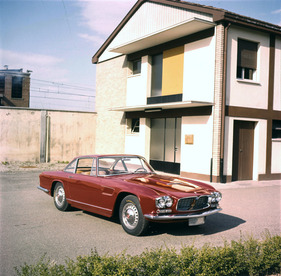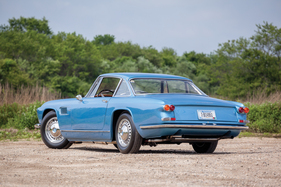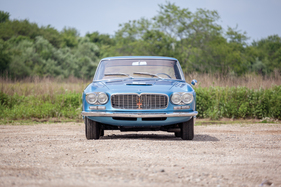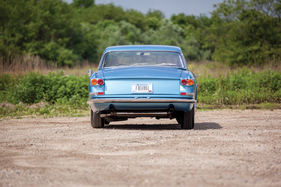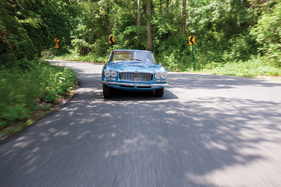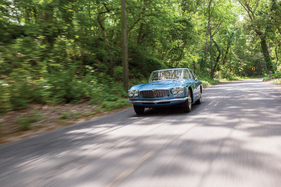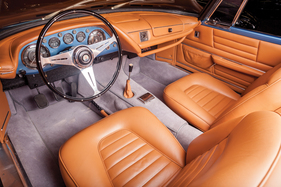The very special Maserati 3500 GTI Italsuisse by Pietro Frua
Summary
Based on the Maserati 3500 GT, Pietro Frua built four coupés between 1961 and 1964 as design studies, which were the forerunners of the Maserati Sebring. Series production at Italsuisse came to nothing, as this order was placed with Vignale for a design by Michelotti, but three of the four special bodies survived. This report portrays the second Coupé Speciale built and tells the story of this remarkable vehicle.
This article contains the following chapters
- Classic sports car design
- Many special bodies
- The four coupés by Pietro Frua
- The colorful life of the second Frua 3500 GT
- Further information
Estimated reading time: 5min
Preview (beginning of the article)
The Maserati 3500 GT, which was shown to the public for the first time in 1957, was very well suited for the construction of special bodies, as it was not designed according to the self-supporting principle thanks to its tubular frame construction. A whole series of coachbuilders used this platform, one of them being Pietro Frua. For the Maserati 3500 GT, Maserati's chief engineer Giulio Alfieri pulled out all the stops. The classic Maserati racing engines were the inspiration for the development of the in-line six-cylinder engine. Two overhead camshafts controlled the slanted valves. The three twin carburetors from Weber were mounted on the right-hand side to reduce the overall height of the unit. The engine, equipped with a Marelli dual ignition, delivered an impressive 66 hp per liter of displacement. A four-speed gearbox (later a ZF five-speed gearbox was also available) transferred the power to the rear axle. From June 1961, the model then known as the 3500 GTI was fitted with Lucas petrol injection instead of carburetors.
Continue reading this article for free?
Photos of this article

